powdery mildew-should i return plant?
dkgarber
15 years ago
Related Stories

NATIVE PLANTSGreat Design Plant: Wild Bergamot, Friend of Foragers
Nourish butterflies and other winged creatures with the tubular flowers of Monarda fistulosa, a pretty pink native
Full Story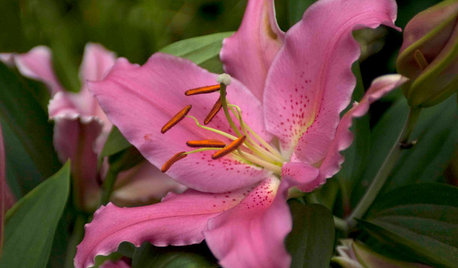
FLOWERSGreat Design Plant: Lilies
Try these delightfully exotic stunners for paintbox colors, deep fragrance and intricately detailed petals
Full Story
GARDENING GUIDESGreat Design Plant: Rosa Banksiae a Low-Maintenance Beauty
This thornless, disease- and insect-resistant rose brings showers of white or yellow flowers to the spring garden
Full Story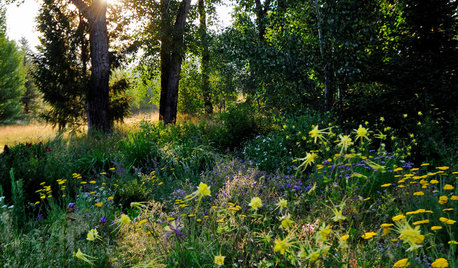
NATIVE PLANTSWhy Aggressive Plants Might Actually Be Your Friends
Sometimes a garden thug is exactly what’s called for
Full Story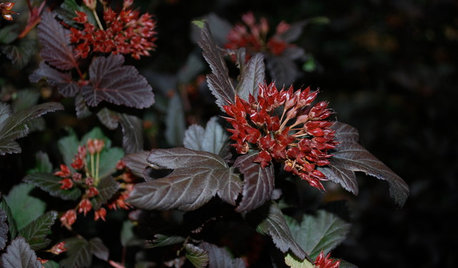
LANDSCAPE DESIGNGreat Design Plant: Sun-Loving Ninebark Puts on a Color Show
This tall, dark and handsome native shrub is equally at home in jeans and boots or in a suit and tie
Full Story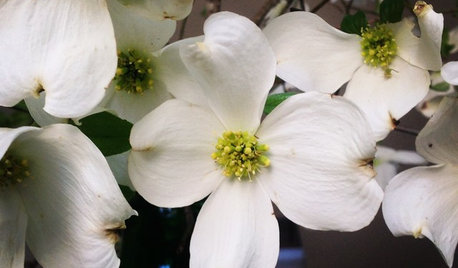
GARDENING GUIDESGreat Design Plant: Cornus Florida Benefits Wildlife
Flowering dogwood provides fiery red foliage in fall and beautiful springtime blooms
Full Story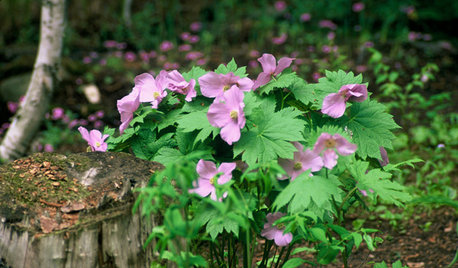
GARDENING GUIDES7 Shade-Loving Rarities of the Plant World
Cultivate a discriminating air in a shady garden patch with these uncommon woodland wonders
Full Story
CONTAINER GARDENS8 Easy Container Plants to Grow From Seed
Get beautiful blooms and herbs in summer by starting these choice garden picks from seed in spring
Full Story
CONTAINER GARDENSContainer Garden Basics: How and When to Water Potted Plants
Confused about soil moisture, the best time to water and what watering device to use? This guide can help
Full Story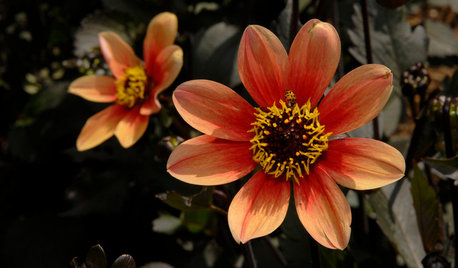
FLOWERSGreat Design Plant: Dahlias
Pick this flamboyant stunner for its amazing array of colors and faces, fast growth and sizes that can fill a pot or a whole garden
Full StoryMore Discussions






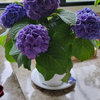
gardengal48 (PNW Z8/9)
ostrich
Related Professionals
Cary Landscape Architects & Landscape Designers · Kyle Landscape Architects & Landscape Designers · Marco Island Landscape Architects & Landscape Designers · Wareham Landscape Architects & Landscape Designers · Zion Landscape Architects & Landscape Designers · Medford Landscape Contractors · Belvedere Park Landscape Contractors · Cockeysville Landscape Contractors · Fort Payne Landscape Contractors · Little Ferry Landscape Contractors · Louisville Landscape Contractors · Paramus Landscape Contractors · Rockwall Landscape Contractors · Colorado Springs Siding & Exteriors · Greenville Siding & Exteriorsgardengal48 (PNW Z8/9)
schizo
luis_pr
whaas_5a